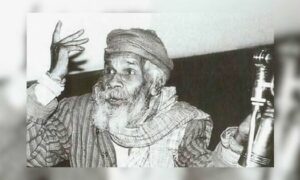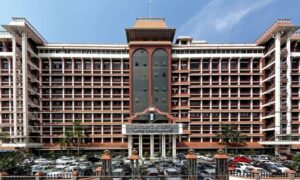Gulzar’s humanism is evident not just in his poetry, fiction and song lyrics, but also in the 17 movies that he directed. The multi-hyphenate talent, who turned 91 on Monday, focused on interpersonal relationships in several of the 17 features he directed between 1971 and 1999.
A running theme in the films is lovers getting separated only to confront their estrangement or finding closure in later years. Gulzar also exhibits cynicism about the political and mercantile classes in films such as Mere Apne, Maachis and Hu Tu Tu.
Some movies – Parichay, Kitaab and Meera – express anti-authoritarianism, which co-exist with mild conservatism towards female characters.
Mere Apne (1971)
Tapan Sinha’s Apanjan (1968) was among the first Bengali films to took at urban violence caused by street gangs patronised by politicians. Apanjan follows an elderly woman who is brought from the village to the city by a relative to be used as an unpaid nanny. She finds kinship with a group of young men belonging to rival factions.
Gulzar made his feature debut with a Hindi remake of Apanjan. Mere Apne features strong performances by Meena Kumari, Vinod Khanna and Shatrughan Sinha.
Koshish (1972)
A remake of the Japanese film Happiness of Us Alone (1961), Koshish is about the mute Hari (Sanjeev Kumar) and the deaf Aarti (Jaya Bachchan), who fall in love, marry and raise a family, never bogged down by their impairments. Kumar won his second National Film Award for Best Actor for Koshish.
Parichay (1972)
Loosely based on The Sound of Music (1965), Parichay follows Ravi (Jeetendra), a home tutor who uses music and good cheer to bring order in the life of five siblings, away from the strict gaze of their disciplinarian grandfather (Pran). Among the highlights is RD Burman’s soundtrack, which yields such hits written by Gulzar as Musafir Hoon Yaaron and Beeti Na Bitai Raina.
Achanak (1973)
Achanak is only the second Hindi film inspired by the notorious KM Nanavati case from 1958, in which a naval commander was tried and eventually pardoned for murdering his wife’s lover. The songless movie, with a background score by Salil Chowdhury, stars Vinod Khanna.
Mausam (1975)
Mausam, starring Sanjeev Kumar and Sharmila Tagore, is the first Gulzar film to properly deal with the separation and reunion of lovers. Tagore is solid in the double roles of a village woman and her daughter, who is a sex worker.
Khushboo (1975)
Released in the same year as Ramesh Sippy’s Sholay, Khushboo has a diametrically opposite Hema Malini. She plays the sensitive and determined Kusum, who waits decades for Brindaban (Jeetendra), to whom she was married at a young age. The film’s popular songs include the haunting O Majhi Re.
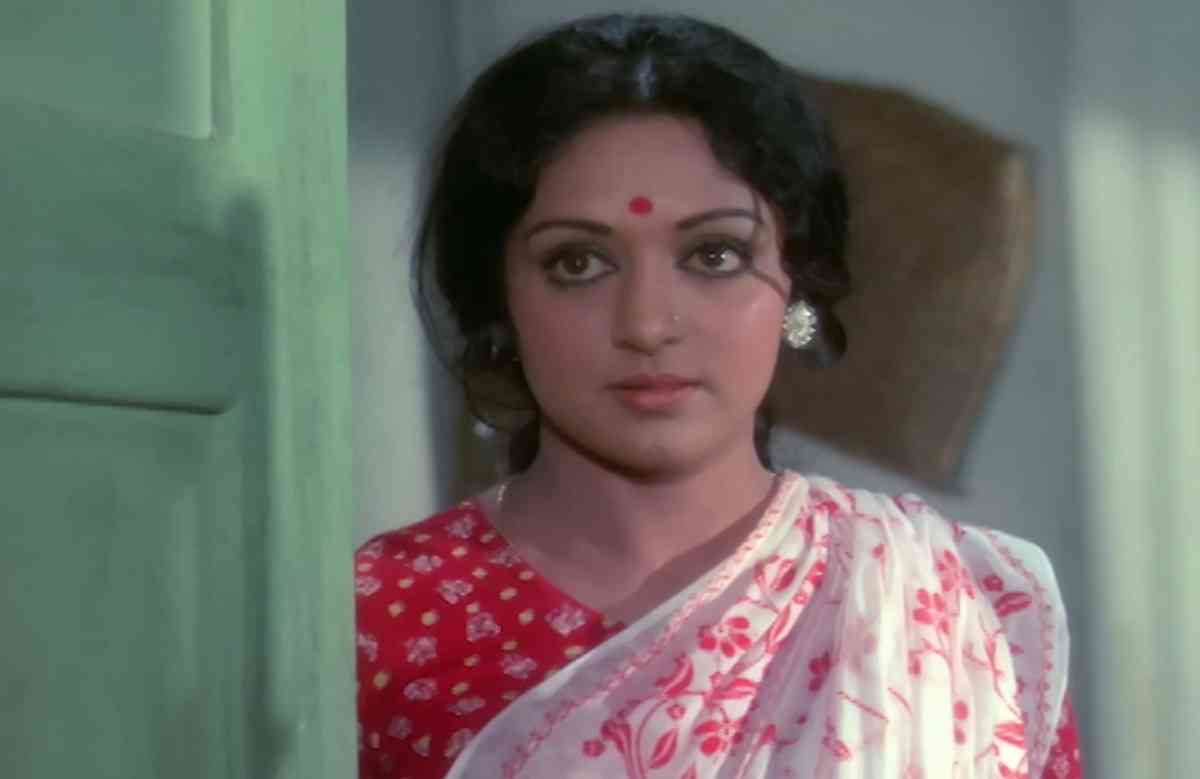
Aandhi (1975)
Aandhi follows a resolute politician (Suchitra Sen) reconnecting with her estranged husband (Sanjeev Kumar). The film became controversial a few weeks after its release and was briefly banned, owing to perceived similarities between Sen’s protagonist and Prime Minister Indira Gandhi.
Among the film’s overlooked aspects is the sharp song Salaam Kijiye, through which Gulzar points out the opportunism of politicians who remember their supporters only during elections.
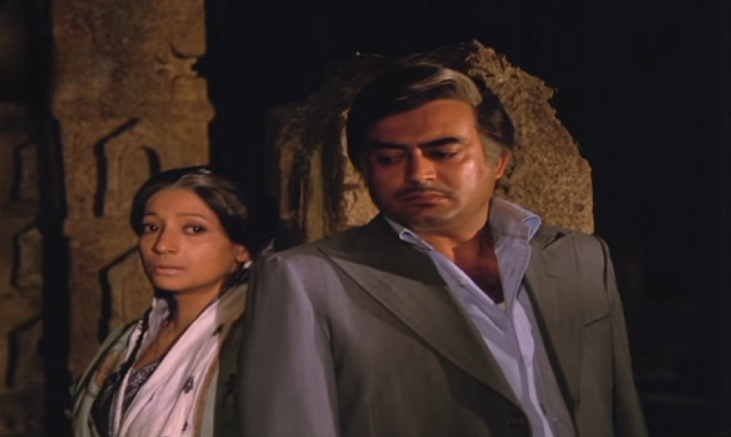
Kitaab (1977)
Young Babla (Master Raju) wants nothing to do with books, school or any kind of discipline and decorum that comes in the way of living as he pleases. After running away from home and realising that the outside world isn’t quite kind, Babla returns and becomes a good boy.
Among the enduring bits is the superb song Dhanno Ki Ankhon Mein.
Kinara (1977)
Another sombre Gulzarian romance. Inder (Jeetendra) falls in love with Aarti (Hema Malini). When she learns that Inder was responsible for the car accident that killed her former lover Chandan (Dharmendra), heartache and angst ensue.
Meera (1979)
The historical biopic follows the legend of the 16th century Bhakti saint-poet Meerabai, whose devotion towards the god Krishna outraged her in-laws and society at large. Hema Malini plays the lead role, with Vinod Khanna as her sympathetic husband.
Namkeen (1982)
Gulzar’s adaptation of a Samaresh Basu story stars Waheeda Rehman as an elderly spice seller. Sharmila Tagore, Shabana Azmi and Kiran Vairale play her daughters.
Their austere life is disrupted by their truck-driving tenant (Sanjeev Kumar), who falls for the eldest daughter played by Tagore even while the middle one played by Azmi fancies him.
Angoor (1982)
Gulzar’s only out-and-out comedy is in the vein of the films of his mentor Hrishikesh Mukherjee. Based on the William Shakespeare play The Comedy of Errors and its screen adaptations in Bengali and Hindi, Angoor stars Sanjeev Kumar and Deven Verma as two pairs of identical twins, which means lots of confusion and humour.
Also read:
Gulzar’s ‘Angoor’: He had ‘a metre in mind, the rhythm of a sentence in his brain’
Ijaazat (1987)
Love is tough and marriage doubly so, as can be understood from Ijaazat. Naseeruddin Shah and Rekha play Sudha and Mahendra, who meet years after their divorce at a railway station, where they reflect on old times and come to terms with the tensions caused by Mahendra’s former lover Maya (Anuradha Patel).
RD Burman’s soundtrack includes Mera Kuch Samaan, arguably the most revered Burman-Gulzar collaboration.
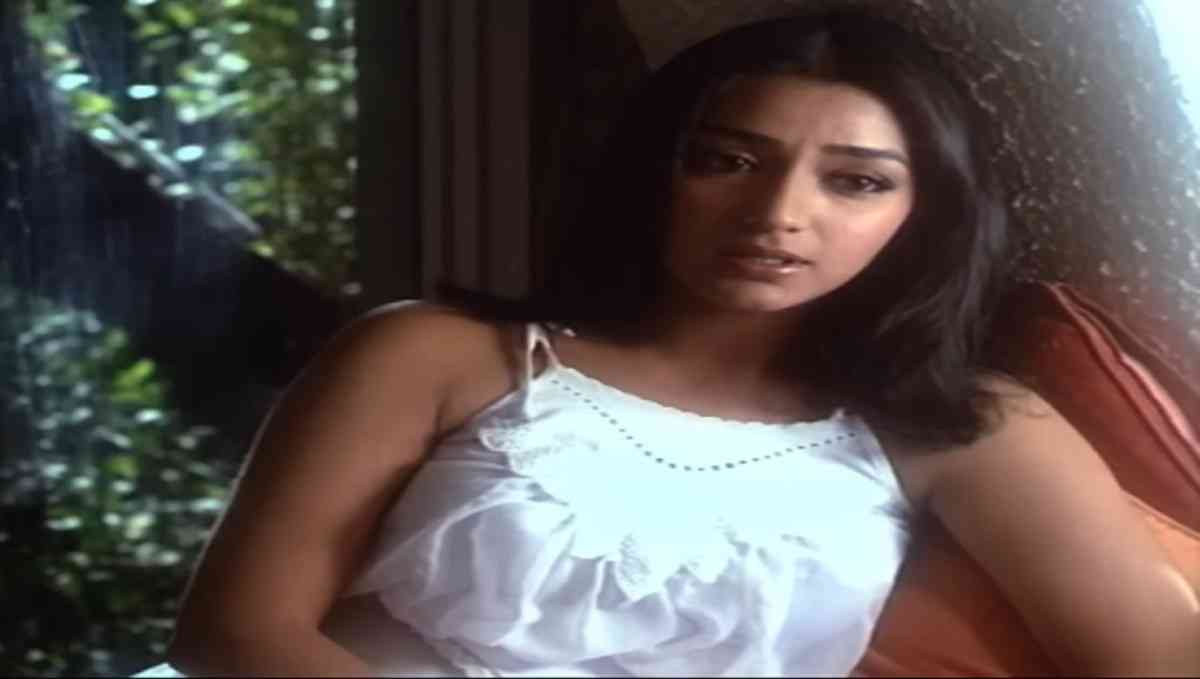
Libaas (1988)
The unreleased Libaas, premiered 26 years after its completion at the International Film Festival of India in 2014, follows a woman (Shabana Azmi) who pursues a relationship with a man (Raj Babbar) after feeling neglected in her marriage with a theatre director (Naseeruddin Shah).
Also read:
The curious tale of Gulzar’s ‘Libaas’, made in 1988 and never released
Lekin (1991)
Adapted from the Rabindranath Tagore story The Hungry Stones, Lekin follows the strange encounter between the ghost Reva (Dimple Kapadia) and the government official (Vinod Khanna), with whom she shares a previous connection.
Among the film’s outstanding songs is Yara Sili Sili, a remake of the Punjabi folk tune Main Chori Chori, made popular by Pakistani singers like Reshma and Meesha Shafi.
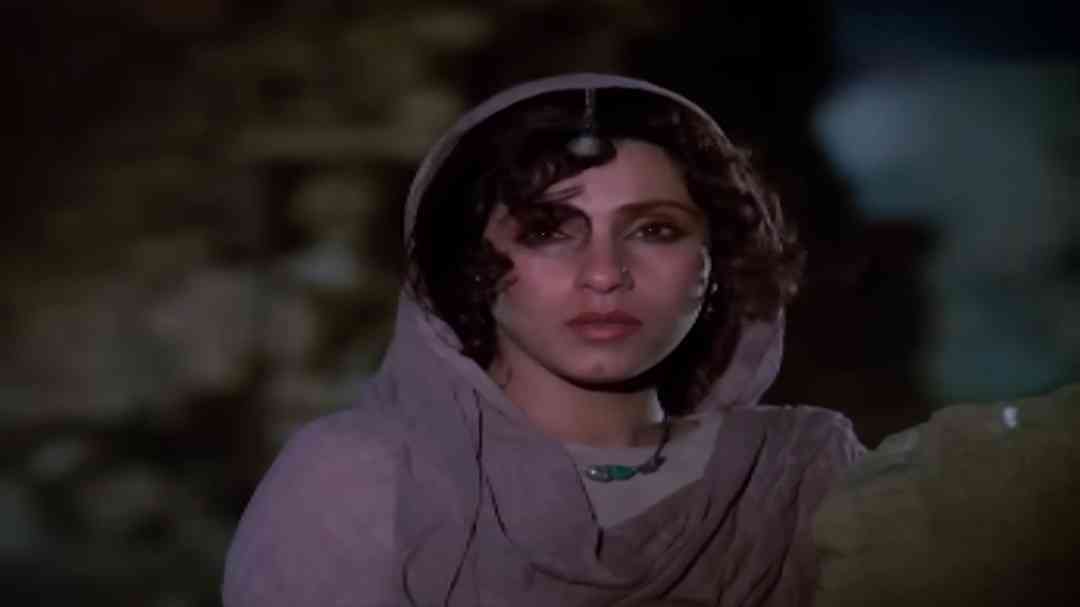
Also read:
Audio master: Gulzar’s ‘Lekin’ is a mystery in an enigma wrapped in raag Maand
Maachis (1996)
Gulzar’s most explicitly political film examines Sikh insurgency in the 1980s and the cyclical violence caused by the police’s strong-arm tactics. Maachis boasts of strong performances from an ensemble cast that includes Tabu, Chandrachur Singh, Om Puri, Kulbhushan Kharbanda and Jimmy Shergill. The film also has a great soundtrack by Vishal Bhardwaj.
Also read:
Audio master: Vishal Bhardwaj’s ‘Maachis’ score finds tenderness amidst insurgents and guns
Hu Tu Tu (1999)
In his final film, Gulzar loops back to his previous concerns. There’s his suspicion and condemnation of the political class, seen in Mere Apne and then Maachis. There’s a headstrong politician whose family feels alienated, as in Aandhi. There are authoritarian guardians and liberal teachers, as in Parichay. And there are, of course, separated lovers who are reunited again.
This article first appeared on Scroll.in
📰 Crime Today News is proudly sponsored by DRYFRUIT & CO – A Brand by eFabby Global LLC
Design & Developed by Yes Mom Hosting


